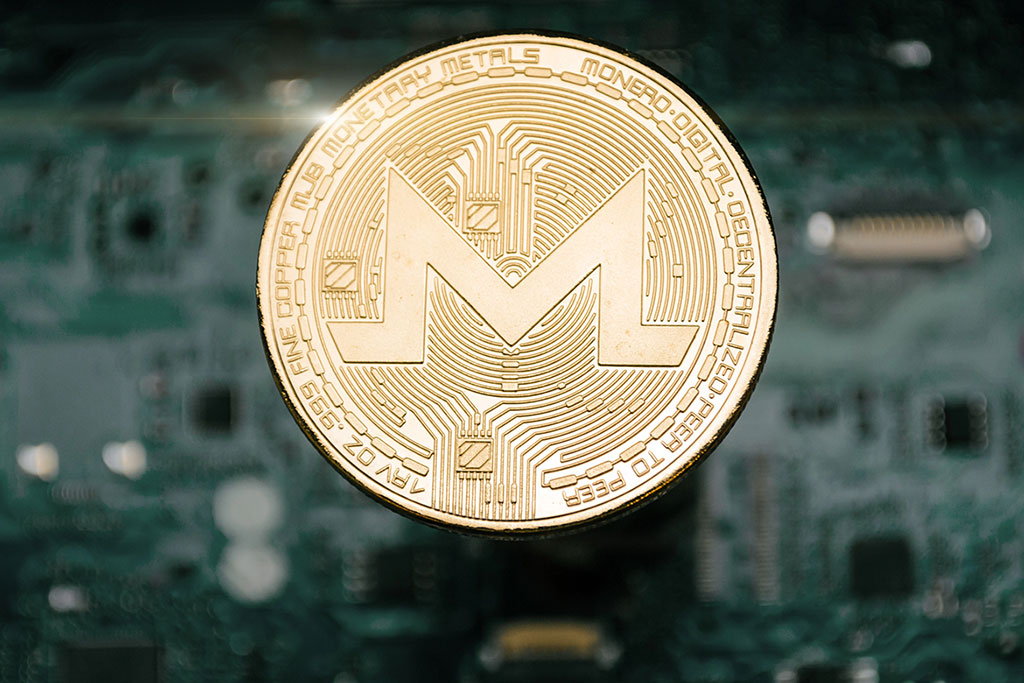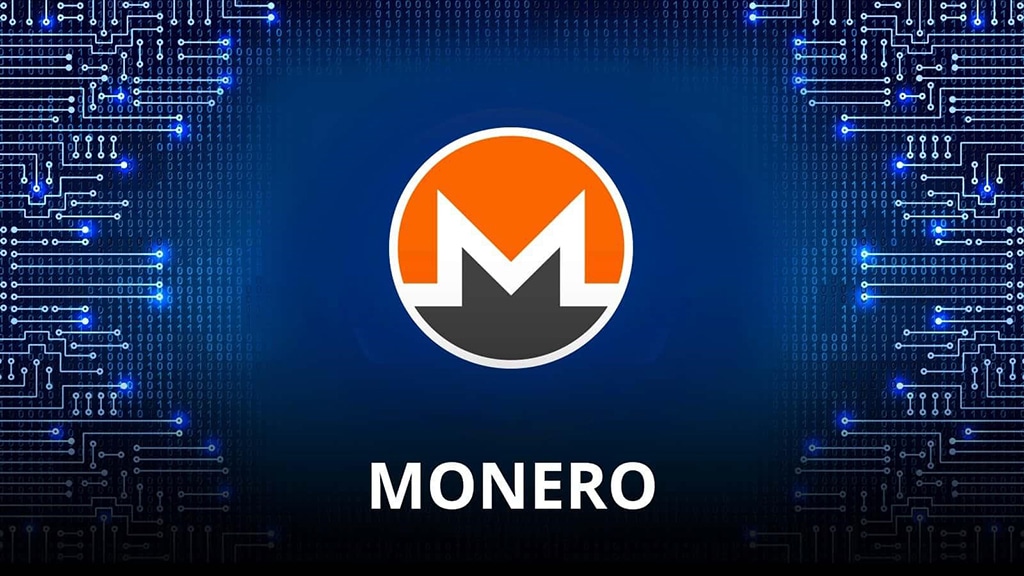
Monero (XMR) Breaks Out of ‘Basing Pattern’, Higher Prices Likely
Monero’s breakout from a prolonged consolidation phase between $100 and $200 suggests renewed bullish sentiment.


1H
0.30%$0.6346
24H
2.27%$4.71
7D
2.54%$5.26
30D
0.02%$0.0424

Monero’s breakout from a prolonged consolidation phase between $100 and $200 suggests renewed bullish sentiment.

Privacy coins like Monero are blowing up in price amid hyped sentiment in the market.

Privacy coins like Monero (XMR) and ZCash (ZEC) have faced widespread delistings in 2024, with 60 removals from exchanges, the highest since 2021, due to increasing regulatory pressure.

The mainstream adoption of web3 protocols and digital assets, which has been facilitated by increased regulations, has significantly impacted privacy tokens led by Monero (XMR).

Considering swapping BTC for XMR in 2024? Explore their differences, analyze price changes, and delve into expert predictions for both currencies.
Monero (XMR) is an open-source cryptocurrency created in April 2014 that focuses on fungibility and decentralization. Monero uses an obfuscated public ledger, meaning anybody can broadcast or send transactions, but no outside observer can tell the source, amount or destination. Monero uses a Proof of Work mechanism to issue new coins and incentivize miners to secure the network and validate transactions.
The privacy afforded by Monero has attracted illicit use by people interested in evading law enforcement during events such as the WannaCry Ransomware Attack, or on the dark web buying illegal substances. This has been acknowledged by Monero, and not entirely disavowed. Despite this, Monero is actively encouraged to those seeking financial privacy, since payments and account balances remain entirely hidden, which is not the standard for most cryptocurrencies.
The egalitarian mining process of Monero has made it an alternative choice for websites and applications looking for substitute sources of income. In 2018, Change.org led the way by implementing a Monero miner on their screensaver to raise funds for the Change.org Foundation. While some organizations use Monero miners to cover hosting costs as an alternative to paywalls or advertisements, malicious hackers have also used it via covertly embedding mining code into websites and apps seeking profit for themselves.
It seems, that through Polkadot protocol, the emergence of new markets is imminent and the decentralization of future economies is looking more possible than ever before.

There have been many incredible strategies to build great wealth, and a lazy portfolio is one of them. Here’s a guide dedicated to providing our readers with an in-depth understanding of a lazy portfolio.
